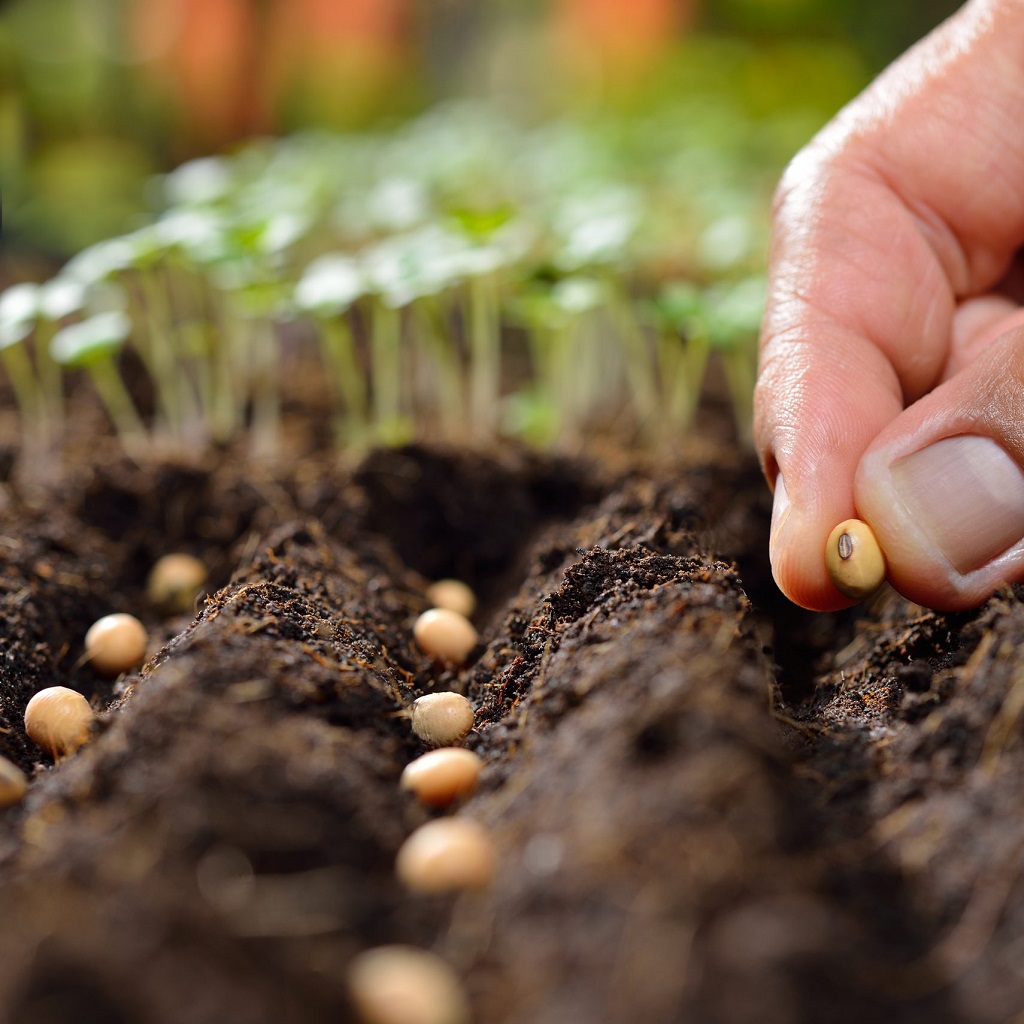When planning your garden, one fundamental decision is whether to sow seeds directly into the soil or to purchase young plants, often called “starts” or “transplants,” from a nursery. Both methods have their advantages and disadvantages, and the best choice often depends on the type of plant, your climate, and your gardening goals.
Direct Sowing (Planting Seeds Directly):
Pros:
- Cost-Effective: Seeds are significantly cheaper than starts, allowing you to grow a large quantity of plants for a minimal investment.
- Greater Variety: A much wider selection of plant varieties, especially heirloom and unusual types, are available as seeds compared to ready-to-plant starts.
- Stronger Root Systems: Plants grown directly from seed often develop a more robust and undisturbed root system, as they never experience transplant shock.
- Convenience for Some Crops: Many root vegetables (carrots, radishes, beets) and plants that dislike root disturbance (beans, peas, corn, squash) prefer direct sowing.
Cons:
- Slower to Mature: Plants take longer to reach maturity since they start from scratch.
- Less Predictable: Germination rates can vary, and seedlings are vulnerable to pests, diseases, and unfavorable weather in their early, delicate stages.
- Requires Thinning: Often requires thinning out seedlings to ensure proper spacing.
- Limited by Climate: Only suitable for crops that can complete their growth cycle within your growing season, given your last and first frost dates.
Transplanting (Using Starts/Seedlings):
Pros:
- Faster to Harvest: You get a head start on the growing season, especially beneficial for crops with long maturity times (e.g., tomatoes, peppers, eggplant).
- Higher Success Rate: Starts are more robust and less vulnerable than tiny seedlings, increasing your chances of success.
- Known Quantity: You know exactly how many plants you have and their initial health.
- Good for Difficult-to-Germinate Seeds: Some seeds are finicky or slow to germinate, making starts a more reliable option.
Cons:
- More Expensive: The primary drawback is the higher cost per plant.
- Limited Variety: Nurseries typically stock only the most popular or reliable varieties.
- Transplant Shock: Plants can experience a temporary setback as they adjust to their new environment. Proper hardening off (acclimatizing plants to outdoor conditions) is crucial.
Many gardeners employ a combination of both methods. Direct sow quick-growing, root-sensitive crops, and utilize starts for long-season plants or those with challenging germination. By understanding these options, you can choose the best beginning for each plant and cultivate a thriving garden tailored to your unique needs and aspirations.

Leave a Reply